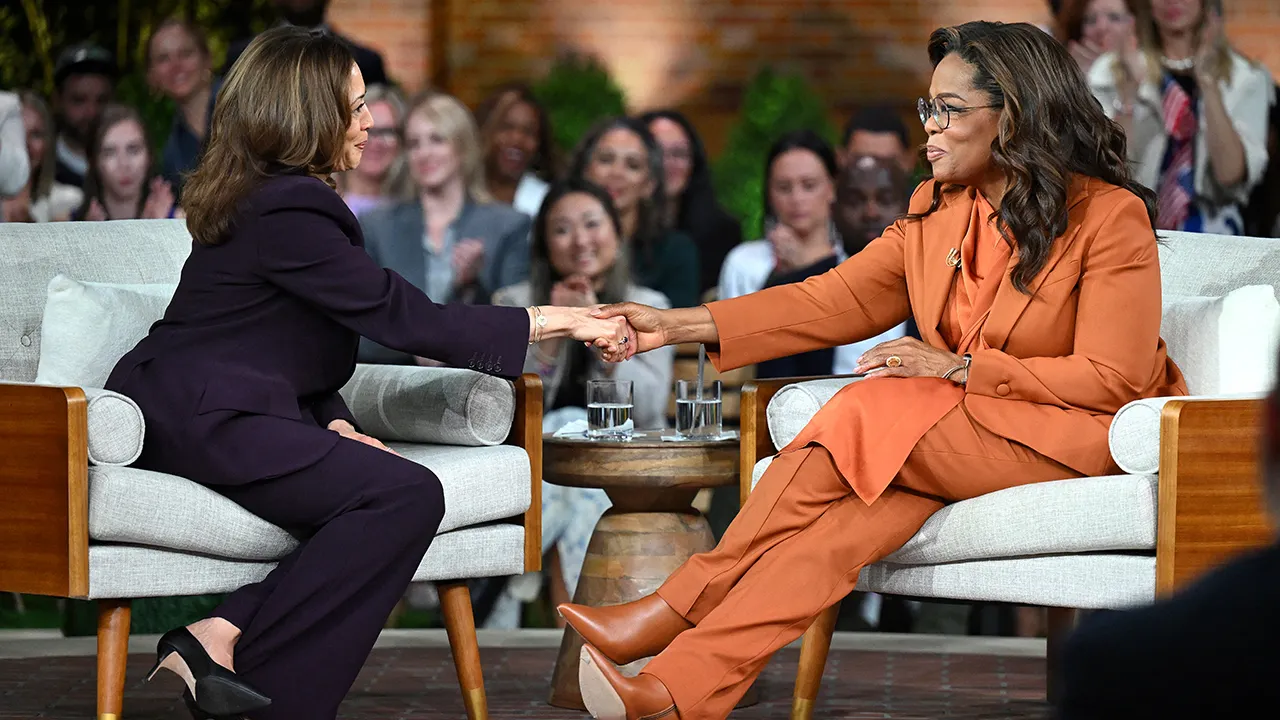Agency boss Catherine Russell, who has completed a visit to the country, was required urgent renewal of the ceasefire between the government and the Houthi rebels.
The landmark agreement was originally announced in April and resulted in a significant reduction in the intensity of the conflict.
However, between the end of early October and November 30, another 62 children were killed or injured, UNICEF said.
Fight for Survival
In addition, at least 74 children were among the 164 people killed or injured by landmines and unexploded ordnance between July and September alone.
Ms Russell visited a hospital in the city of Aden where she met Yasin, a seven-month-old boy, and his mother Saba, for whom life has become a struggle to survive.
“Thousands of children have lost their lives, and hundreds of thousands more remain at risk of death from preventable disease or starvation,” she said.
“Yasin is fair one of too many severely malnourished children in Yemen. They all need immediate support as basic services have all but collapsed.”
Young lives at risk
During her visit, Ms. Russell pitched UNICEF’s $10.3 billion Call for humanitarian action for children Providing water, sanitation, nutrition, education, health and protection services to children worldwide affected by conflict and disaster.
Yemen remains one of the world’s most urgent humanitarian situations. More than 23.4 million people, or three quarters of the population, need help and protection. More than half are children.
UNICEF appreciated that 2.2 million young people are acutely undernourishedincluding nearly 540,000 under the age of five suffering from severe acute malnutrition.
Mothers take their children to a malnutrition prevention clinic in Taiz, Yemen, supported by the World Food Program (WFP).
More than 17.8 million Yemenis lack access to clean water, sanitation and hygiene services, while the country’s healthcare system has been extremely vulnerable for years.
Only half of all health facilities are functional, leaving almost 22 million people – including about 10 million children – without adequate access to health care.
Education under attack
The war has meant immunization coverage has stagnated, with 28 percent of children under the age of one not receiving routine vaccinations.
The situation, along with the lack of access to clean water, means Children are at extreme risk of disease such as cholera, measles and diphtheria.
Yemen is also facing one serious educational crisiswith enormous long-term consequences for children, UNICEF warned.
Two million boys and girls are currently out of school, which could rise to six million as at least one in four schools is destroyed or partially damaged.
Renew the truce
Ms Russell stressed that if Yemen’s children are to have a chance at a decent future, it is up to the warring factions, as well as the international community and those with influence, to ensure it protected and supported.
“This includes children like Mansour, whom I met at a UNICEF-supported rehabilitation and prosthetics center. His leg was amputated at the knee after he was shot by a sniper. No child should suffer that,” she said.
“The urgent renewal of the ceasefire would be a positive first step that would enable critical humanitarian access. Ultimately, only lasting peace will allow families to rebuild their shattered lives and begin planning for the future.”

A little girl eats a peanut-based paste while being treated for malnutrition at a hospital in Sa’ana, Yemen.
grant application
UNICEF calls for nearly $484.5 million to respond to Yemen crisis in 2023, warns The lack of predictable funding puts the lives and well-being of children at risk.
Despite the challenges, this year the agency has been able to deliver interventions that support supportive care for severe acute malnutrition for more than 260,000 children.
Almost 1.5 million households received emergency cash transfers every quarter, benefiting around nine million people.
UNICEF also provided some 4.7 million Yemenis with access to safe and sustainable drinking water through truck transport, the establishment of distribution points and the expansion of water supply systems to IDP camps.
Other efforts included vaccinating at least 1.6 million children against measles and polio and supporting maternal, neonatal and child health services at 24 hospitals, which provided operational assistance, equipment and supplies.





